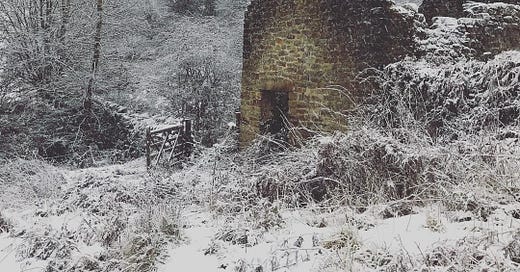Even before I moved from Devon to the Peak District, I could already feel my accent rushing back, doing a happy jig in my larynx at the knowledge that it might soon be free again. I have no doubt that if I’d decided to stay in the Peak long term, it would have returned unabashed, perhaps even gaining a new overcoat in the process. It was December, 2017,…
Keep reading with a 7-day free trial
Subscribe to The Villager to keep reading this post and get 7 days of free access to the full post archives.




